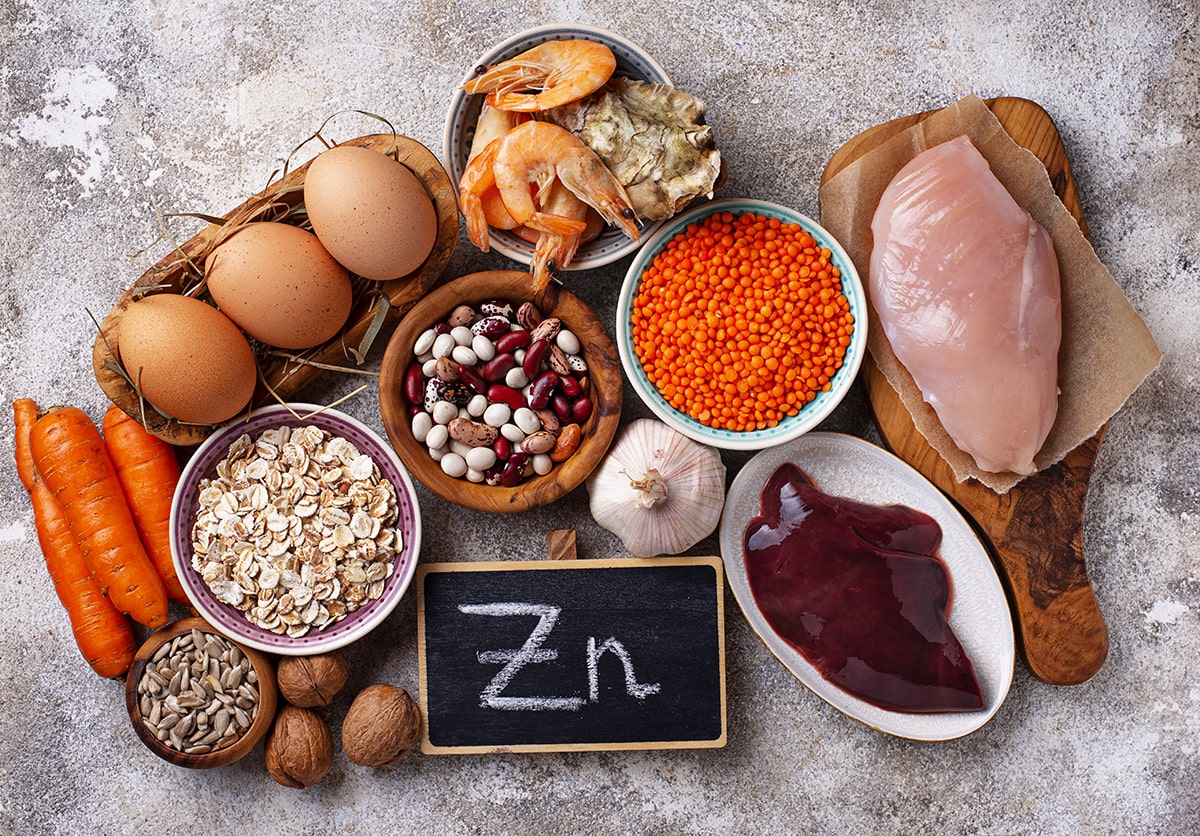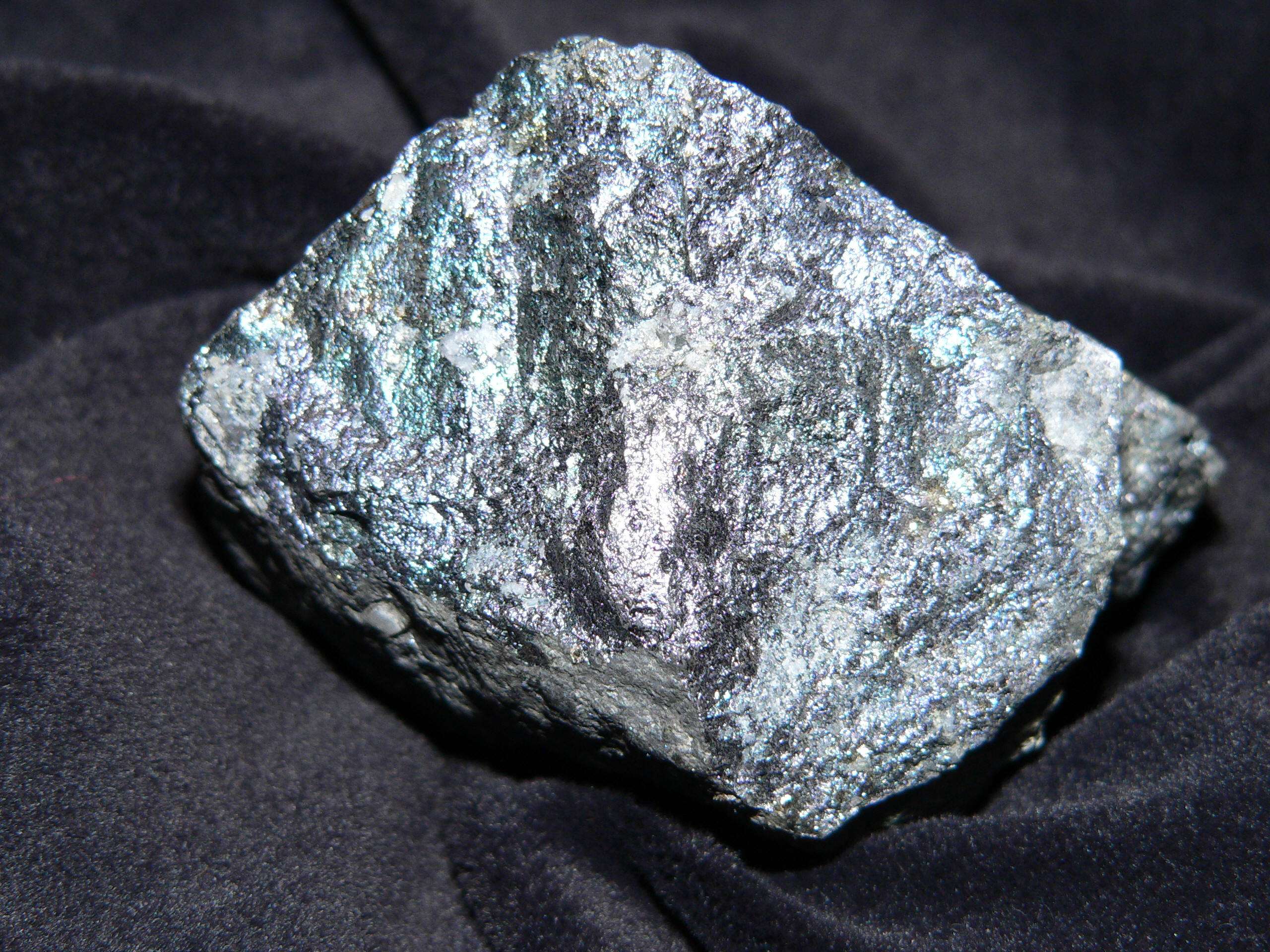Zinc
Zinc is a chemical element with the symbol Zn and atomic number 30. It is a silvery-white metal that is solid at room temperature and has a relatively low melting point. Zinc is the 24th most abundant element in the Earth's crust and is the fourth most common transition metal. Zinc is an essential mineral for humans and is involved in a variety of bodily functions, including immune function, wound healing, and metabolism. It is also necessary for the production of testosterone and other hormones. Zinc deficiency can lead to a number of health problems, including growth retardation, impaired immune function, and skin problems.
Zinc is used in a variety of industrial applications, including galvanizing (coating iron with zinc to protect it from corrosion), brass production, and die casting. It is also used in batteries, paints, and fertilizers. Zinc is a relatively safe element, but exposure to high levels of zinc can cause health problems, including nausea, vomiting, and diarrhea. Zinc toxicity is rare, but it can occur in people who take high doses of zinc supplements or who are exposed to high levels of zinc in the workplace.

